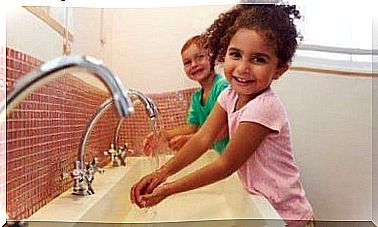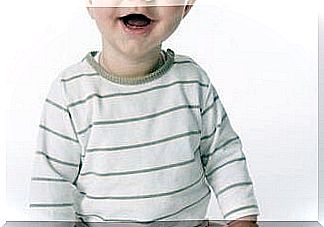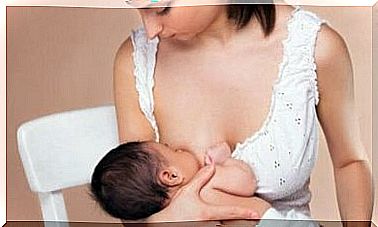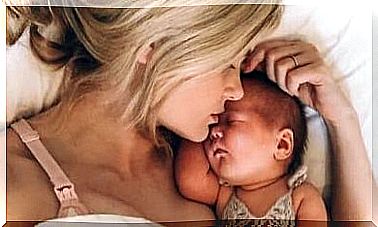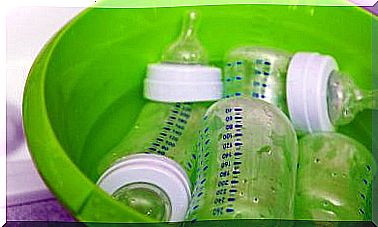Birthmarks In Children: Everything You Need To Know
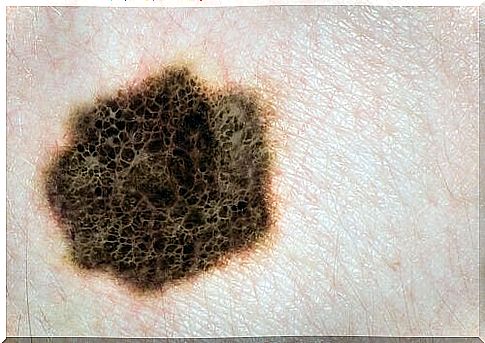
It is important for parents to understand the different types, features, and warning signs of birthmarks. Read on below to learn more about birthmarks in children.
Birthmarks are small spots that can vary in color. Usually they are circular or oval shaped. Scientifically known as melanocytic nevus, they can be found anywhere on the body. At the same time, they can also appear between the epidermis and the subcutaneous tissue.
It is important to always handle moles with caution. Although these are benign tumors, they still require special treatment. And of course the question arises: What special care do birthmarks in children need ?
Moles or nevi are most common in people with pale skin. However, these spots appear on people of all skin colors. Hence, it is important to know what they are and how to take care of them. It is also important to know their type and shape.
What are birthmarks?
As mentioned above, birthmarks are actually benign tumors. In other words, these are tissue changes that lead to the growth of lumps or changes in the color of the skin.
Anyone can have moles, even people with dark skin. However, it is true that people with pale skin have the highest number of moles on their skin.
On average , a person can have around 20 birthmarks in adulthood. The average in children is at least half of that. The number of birthmarks a child has can increase and decrease over time.
Birthmarks in children: the main features
One of the main characteristics of birthmarks is that they are asymptomatic. This means they shouldn’t itch, burn, or lose fluids.
The second characteristic is their color. Generally they are brown. But their exact shade and darkness can vary. In a small number of cases, they may be red in color ( called blood hemangiomas ) or even blue.
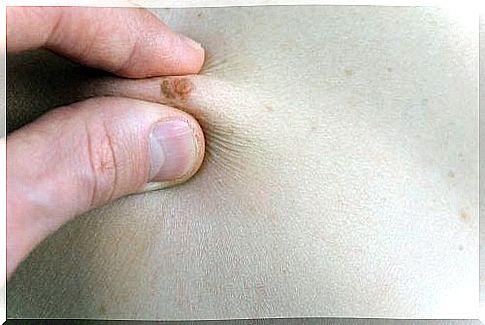
Their shape tends to be circular or oval. They can be flat, monotonous, and very small (around 5 mm). At the same time, they can be large (8-10 mm), and their texture can be uneven and raised.
What is melanoma
This part is extremely important. The term “melanoma” is a common term used when talking about birthmarks in children and adults. Melanomas are related to skin cancer, one of the most common diseases in the world.
The link between birthmarks and melanoma stems from the fact that they look virtually identical to the eye at their first stage of appearance.
Later, however, they stand out due to their asymmetrical shape and color. However, this is not the case with healthy birthmarks.
Is there any way to prevent birthmarks from appearing?
It is clear that depending on their skin type, some children are more prone to having or developing birthmarks. However, other factors also play a role.
For example, experts believe that frequent and prolonged exposure to the sun can trigger the appearance of nevi.
In this case , we should protect our children from direct sunlight, especially between 11 a.m. and 3 p.m. Make sure to always apply a sufficient amount of sunscreen. You should also avoid prolonged exposure to the sun.
These measures reduce the chances of birthmarks appearing or growing in children by 5%. In addition, reduced exposure to the sun also prevents freckles from appearing on the skin.
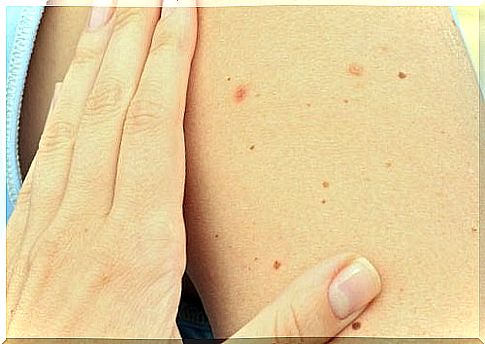
What types of birthmarks can be removed?
As we have already learned, benign tumors are asymptomatic. You have no physical discomfort in and of itself.
However, some people believe that birthmarks pose an aesthetic problem, meaning they are unsightly to look at. Because of this, some people may make an appointment with a dermatologist to have the moles removed.
However, it is best not to touch birthmarks at all in children if possible.
However, if your child is bothered by the birthmarks, itchy, or injured or reddened, you should speak to your pediatrician or pediatric dermatologist. A doctor can then determine the right treatment for your child’s specific case.
Now that you know more about the characteristics of birthmarks, you can carefully pay attention to how birthmarks develop and occur in your children.



